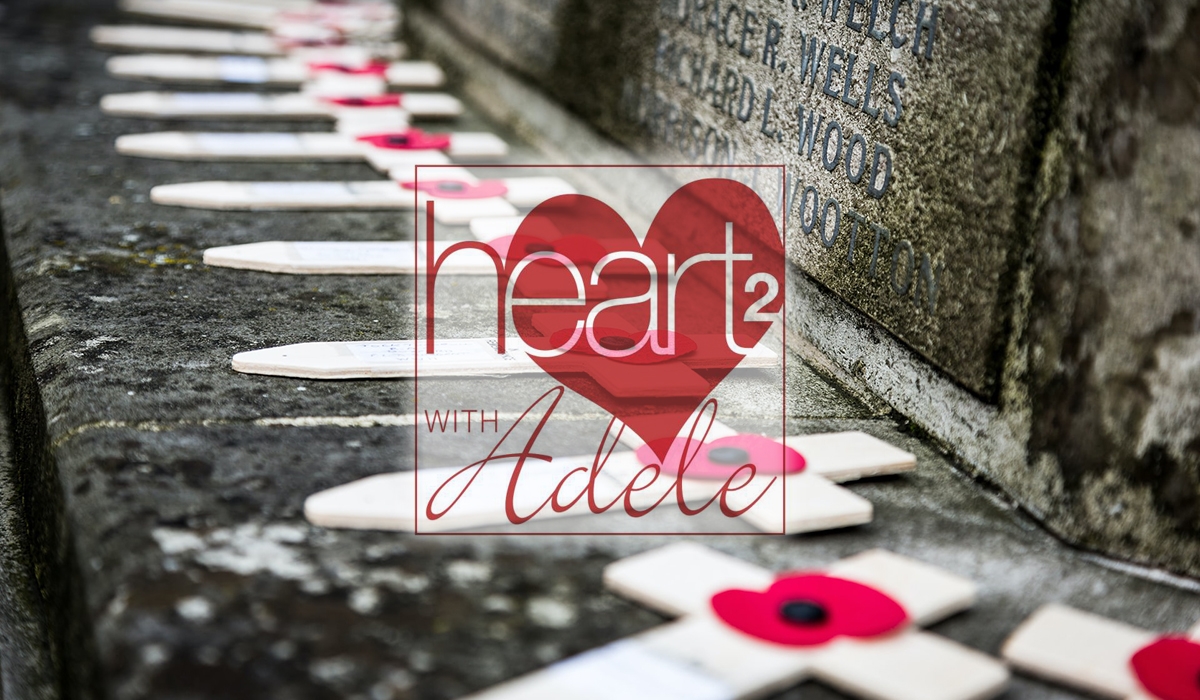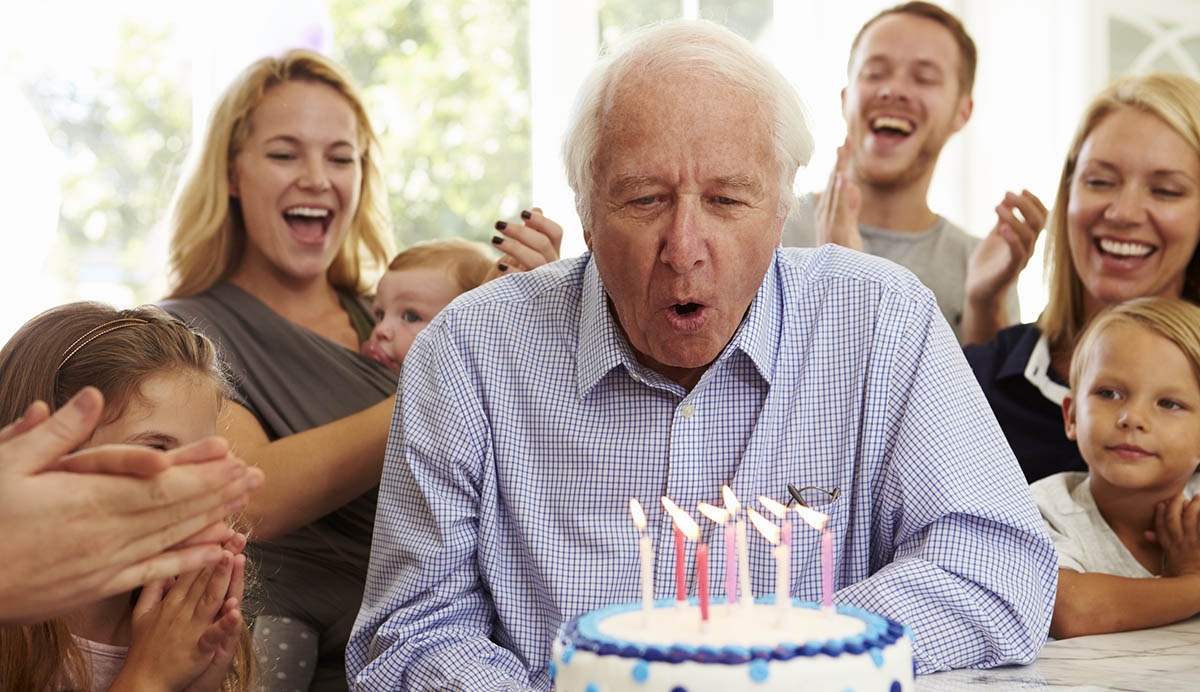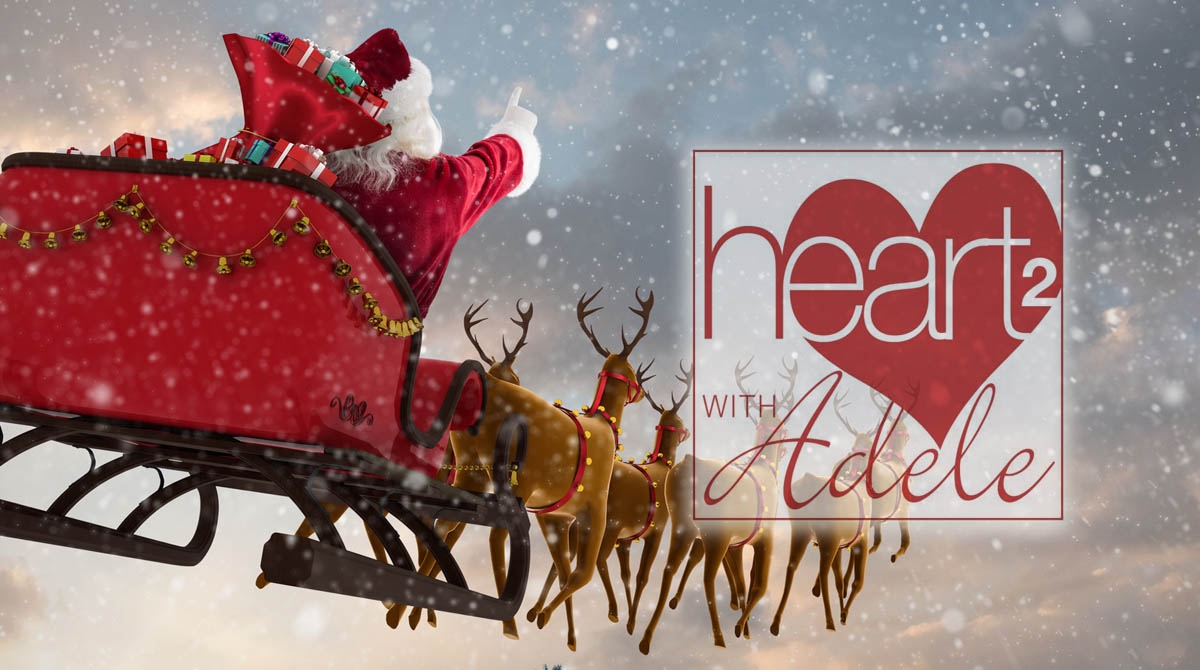
Honour veterans by helping children understand and remember
QUESTION
Dear Adele,
Remembrance Day is fast upon us. What kinds of things do you think are appropriate for us to do with our children for November 11, ‘Lest We Forget’?
Reflectors
ANSWER
Dear Reflectors,
Most of our generation have been lucky enough to have never gone to war. None of us have seen the horrific acts of war played out in Canada. Most of us have never seen men and women at their worst while engaged in warfare.
Those that have gone to war have done so, not because they were warmongers but because of a heartfelt decision to enlist in order to achieve and maintain peace and freedom. November 11 is a time to really think about, recall and never forget the sacrifice of thousands of Canadians who sought that end.
We need to teach our children to be humble and grateful that Canada stepped up for two world wars, a Korean conflict, Afghanistan, and numerous peacekeeping missions. We all need to be thankful that so many serve today during difficult times across the globe.
Robert Hawley wrote an interesting article entitled ‘Celebrating Our Heroes’, and is the source of many of the facts in this column. He suggests that one of the important things to do with children is to talk to them about our true Canadian heroes. Here he is not speaking about sports figures, movie stars or rock groups. Nor is he talking about tax collectors, politicians are non-hockey playing Senators. He also is not referring to a submarine type sandwich called a hero. He is talking about real heroes, many who gave their lives for us and our country.
A good example of a real Canadian hero, according to Hawley, is Frank McGee, who was born in Ottawa, Ontario November 4, 1882. He was blind in one eye but played hockey for the Ottawa Silver Seven hockey club. He led his team to four consecutive Stanley Cup championships and was a legendary scorer, having a record of 14 goals in less than nine minutes, in one Stanley Cup game, in 1905.
But it is not the fact he was a handicapped star hockey player that makes him a hero in Hawley’s mind. It is the fact that Frank McGee enlisted in World War I, in the Canadian Army and died at the age of 33 in the battle of Courcelette. He became one of thousands of unidentified soldiers buried in France.
In Ottawa, Ontario, the Tomb of the Unknown Soldier honours more than 116,000 Canadian heroes who died or may die for their country in all conflicts, past, present and going forward. The body of the soldier buried in Plot 8, Row E, Grave 7 of the Cabaret-Rouge British Cemetery in Souchez, France, located near Vimy Ridge is our Unknown Soldier. At 11 a.m. on the 11th day of the 11th month of the year the sun shines through a window of the Memorial Hall of the War Museum in Ottawa and illuminates the headstone of Canada’s Unknown Soldier.
You may want to tell your children why November 11 has been chosen to remember our national heroes. It was after 5 a.m. on November 11, 1918 that Mathias Ezberger signed the armistice on behalf of Germany, to be effective at 11 a.m. The last Canadian soldier to die was private George Laurence Price of the 2nd Canadian Division who was killed at 10:58 a.m. in Belgium, on that morning.
The first Remembrance Day was in 1919 and was called Armistice Day. The name was changed to Remembrance Day in 1931. It serves to remember the more than 2,300,000 men and women who served and the more than 116,000 who died. Many nations including Canada observe Remembrance Day on November 11. Annually, Canadians observe a moment of silence on November 11. The poppy is the symbol of Remembrance Day because poppies are the flowers which grew on the battle places after World War I ended.
Listed below are a few ideas and activities which you might be able to use with your children to help them understand that we want them to learn about history so they do not repeat the mistakes of the past. Try to make them proud of the bravery of our men and women who served, our real-life heroes. Teach them to be respectful and grateful, and to not forget those who fought for our freedom and peace.
- Introduce your child to a veteran either in person or through photos.
- Send letters and cards of gratitude to veterans.
- Visit the Veterans Affairs Canada website for resources including video interviews of Heroes.
- Wear a poppy.
- Make a wreath.
- Do a craft with a Remembrance Day theme.
- Search for family and friends who died while in service, at the Canadian Virtual War Memorial.
- Watch the national ceremony on November 11, at the National War Memorial in Ottawa, in person or on television.
- Visit the War Museum in person or virtually.
- Visit one of the many monuments or memorials in Ottawa
- Talk about the wars in which Canada participated.
- Maintain two minutes of silence on November 11 at 11 a.m.
- Suggest your child’s school participate in the Royal Canadian Legion’s annual literary and poster contest.
- Make a peace crane and display it.
- Talk about some Canadian heroes such as Frank McGee.
- Visit the library and find books about Canadian heroes.
- Watch and discuss suitable movies made about wars and battles in which Canadians participated such as ‘Passchendaele’, ‘1917’ or ‘War Horse’. (Best for the 10 and up crowd with PG)
According to the Veterans Affairs Canada website “Veterans want Canadians to understand the price of freedom. They are passing the torch to the people of Canada so the memory of their sacrifices will continue and the values they fought for will live on in all of us.”
Let us join our veterans in this goal and help our children remember on November 11, ‘Lest We Forget’.
Sincerely, Adele
I'm looking forward to your questions! Email me at maryadeleblair@gmail.com and please put Heart to Heart in the subject line. Note that all columns will remain anonymous.









